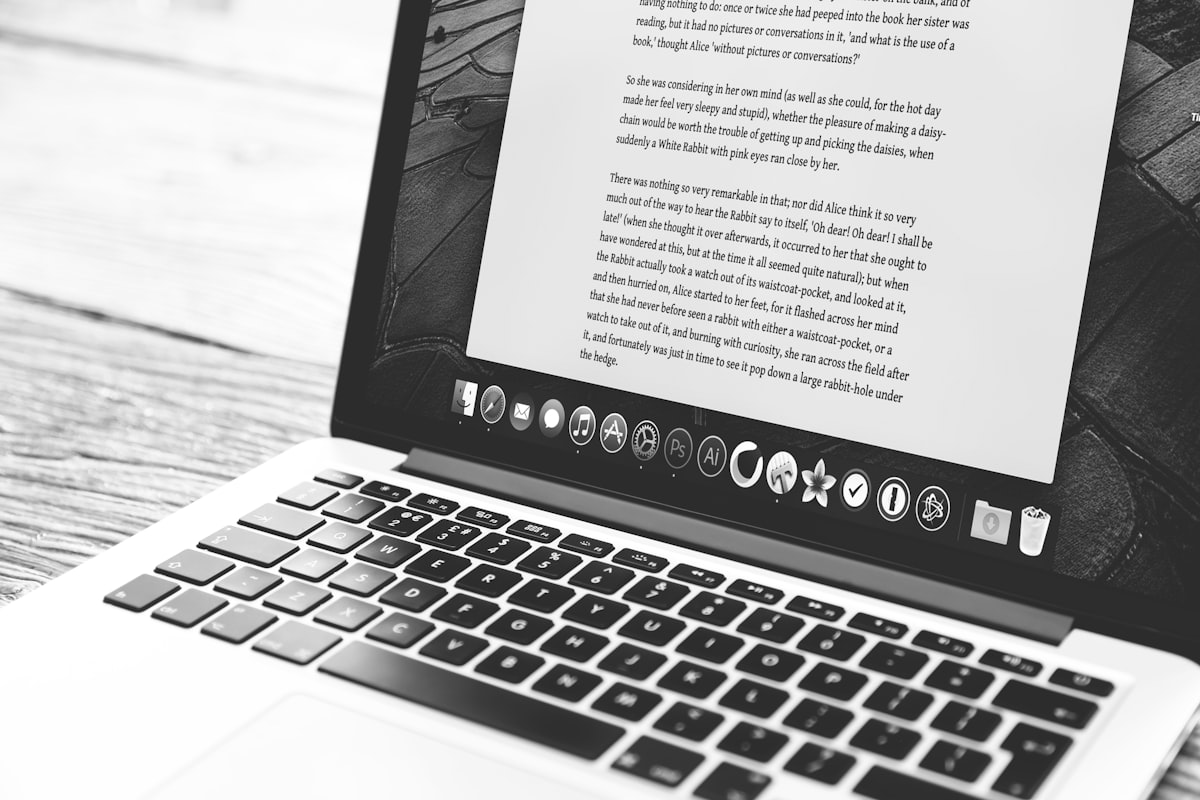Landing Page Copywriting Guidelines
In chapter 1, part 3 of Landing OS series, we'll look into the landing page copywriting guidelines.

Read previous chapter

Landing page copywriting is a specialized art that requires a deep understanding of the target audience, their motivations, and their pain points. By following a set of guidelines, marketers can craft landing pages that effectively communicate the value proposition of their product or service and drive conversions.
This article will cover the essential guidelines for landing page copywriting and how they can be used to create high-performing landing pages.
Here are some landing page copywriting guidelines to follow to maximize the impact of your landing pages.
Start with a clear and concise headline.
Your landing page headline should be attention-grabbing and concise, ideally 10-12 words. It should accurately reflect your product's or service's main benefit and communicate what visitors can expect from your page.
Highlight the Unique Value Proposition (UVP).
Your landing page should communicate the Unique Value Proposition (UVP) of your product or service. This core benefit sets your offering apart from competitors and is why visitors should choose your brand. Make sure to highlight your UVP prominently and clearly on your landing page.
Keep the language simple and easy to understand.
Avoid using complex industry-specific jargon or overly technical language that can confuse visitors. Instead, use simple, easy-to-understand language that communicates your product's or service's benefits.

Use powerful and persuasive language.
Use persuasive and emotionally charged language to encourage visitors to take action. For example, instead of saying "click here," use "discover the benefits now."
Use images and graphics to reinforce your message.
Images and graphics can be powerful tools to reinforce your message and keep visitors engaged. Make sure to use high-quality images relevant to your product or service, and use them to help illustrate your message and make it more appealing.
Make calls-to-action prominent and clear.
Your landing page's call-to-action (CTA) should be prominent and visible. It should be easy to find and understand and should communicate the desired action, such as "Sign up now" or "Learn more."

Test and iterate.
Finally, it is essential to continually test and iterate your landing page copy to see what works and what doesn't. Use A/B testing to compare different versions of your landing page copy and see which resonates best with your target audience.
In conclusion, these landing page copywriting guidelines will help you create compelling and persuasive pages that convert visitors into customers.
Remember to keep the language simple and easy to understand, use powerful and persuasive language, and make your calls-to-action prominent and clear. By testing and iterating your landing page copy, you can continually improve the effectiveness of your pages and achieve better results.
Read next chapter



